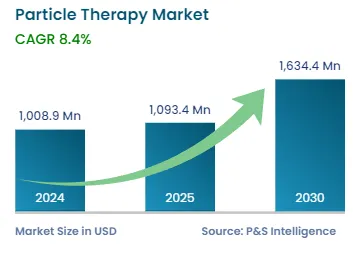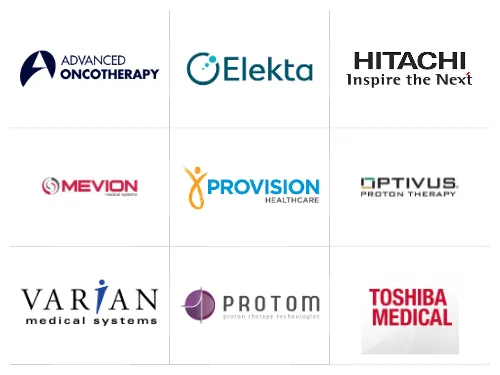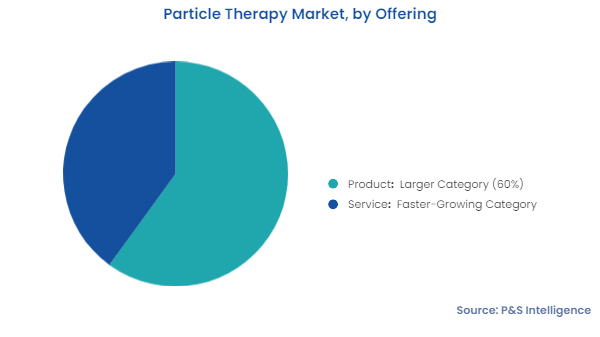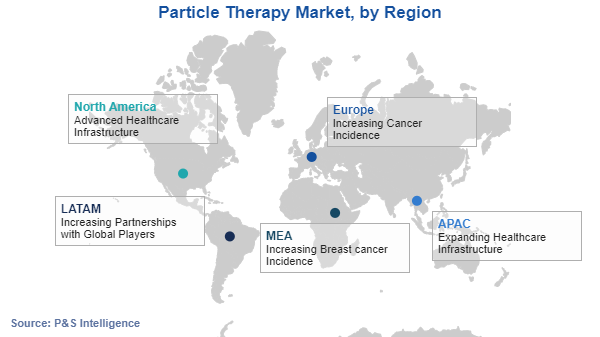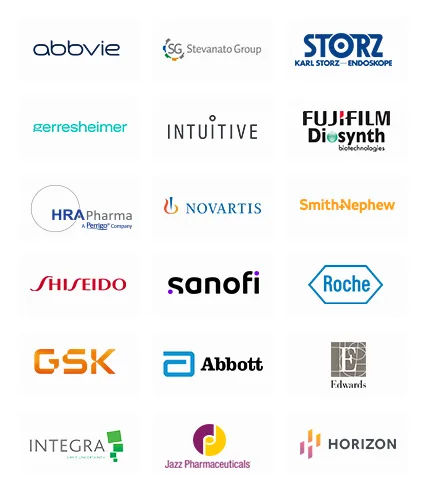Market Statistics
| Study Period | 2019 - 2030 |
| 2024 Market Size | USD 1,008.9 Million |
| 2025 Market Size | USD 1,093.4 Million |
| 2030 Forecast | USD 1,634.4 Million |
| Growth Rate(CAGR) | 8.4% |
| Largest Region | Europe |
| Fastest Growing Region | Europe |
| Nature of the Market | Consolidated |
| Largest End User Category | Hospitals |
